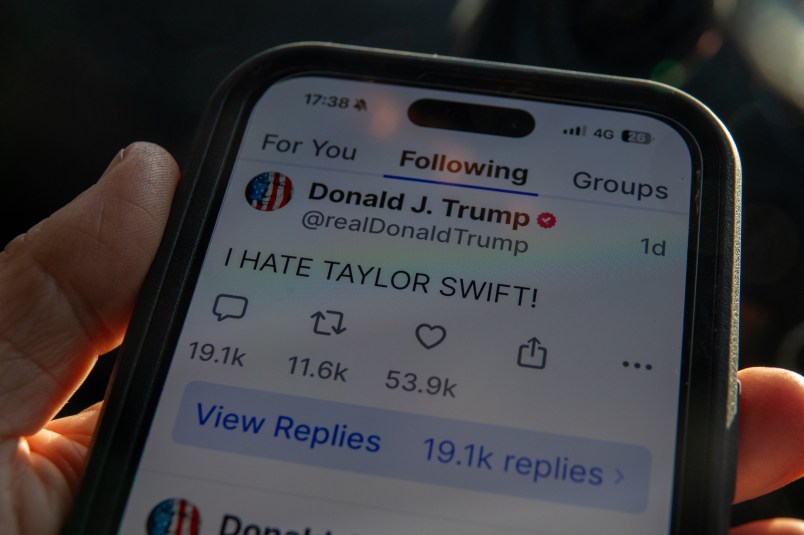A few weeks ago in my off-air brainstorming I had thought about simply paying people $100 to get vaccinated. It’s almost certainly a good investment for government. I mean, we’ve paid many thousands of dollars to individuals to maintain the economy through the stresses of COVID and other outreach efforts cost significant amounts of money too. The idea had occurred to me when reading articles about how many people have not gotten vaccinated simply because it requires taking time off work or having the risk of a couple days downtime from side effects. So I was excited to see that people at the White House were thinking along the same lines.
It is a good reminder that the vaccine ‘hesitancy’ issue is really two different issues, and they’re not even both hesitancy.
There’s a vaccine hesitancy issue that is really hesitancy: general uncertainty about the safety of a novel medical technology, atmospheric disinformation, difficulty taking time off work, thinking you’re in the clear because you had COVID before, historically-based low trust in the medical profession. The people in this category are disproportionately African-American and Latino. They also tend to be young. All the evidence we have suggests these people are open to being vaccinated, especially with the right reassurance and incentives. That is a problem to work and we have a toolkit to work it.
Then you have the actual resistors. They’re overwhelmingly white, conservative and older. They’re properly called resistant, not hesitant. They’re driven by social group identity in which resistance to vaccination has become an essential component of social group membership. That’s why you have these stories of people in Missouri asking doctors to allow them to get vaccinated anonymously or in disguise. It’s a social group betrayal to cross the line. The problem is social, not individual.
I saw a few press stories about how the $100 payments have only been partly effective. Again, it’s because people are conflating the hesitant with the resistant. It works great with the merely hesitant. People who are so committed to the political and identity of non-vaccination aren’t going to be persuaded by $100. It’s important enough to them that they’re accepting the possibility of getting severely ill.
There’s no viable path for persuasion with this latter group. They don’t want to be persuaded and we shouldn’t spend time trying to persuade them. The only viable path forward is restrictions which places, as much as possible, the burden of non-vaccination on the voluntarily unvaccinated. We’re here because of them.







